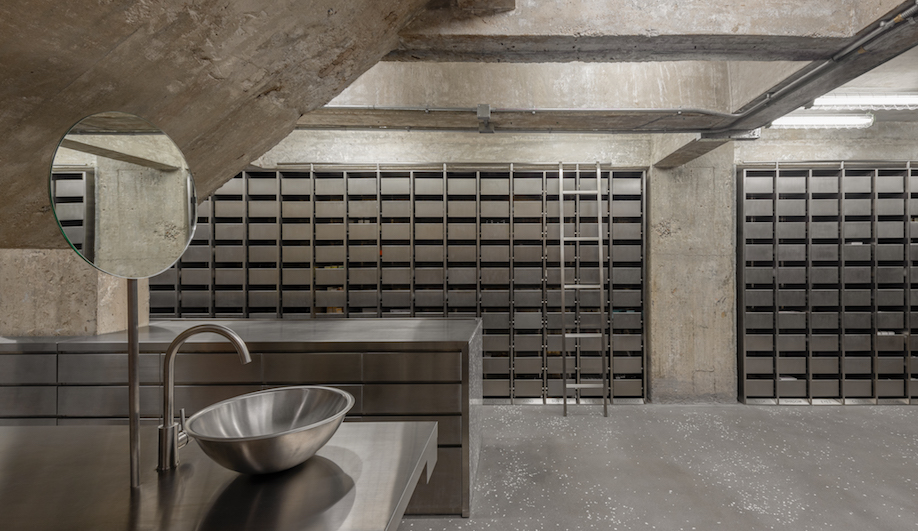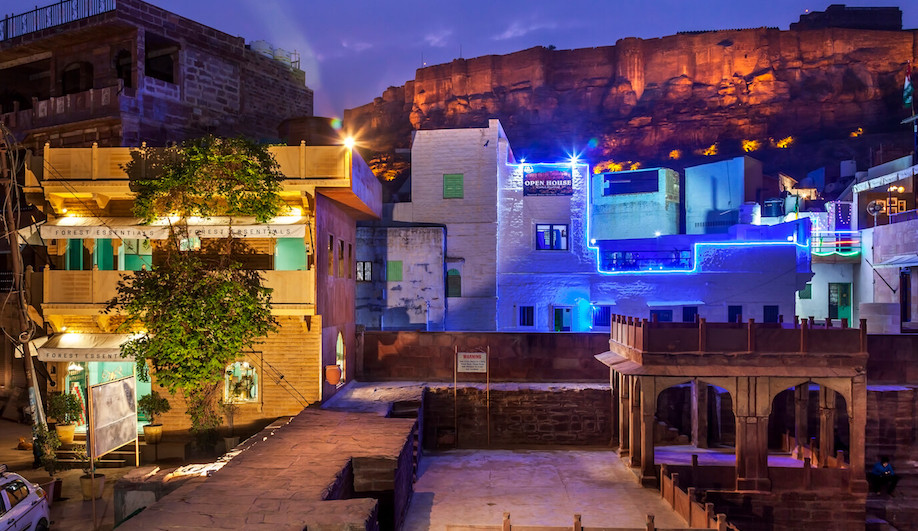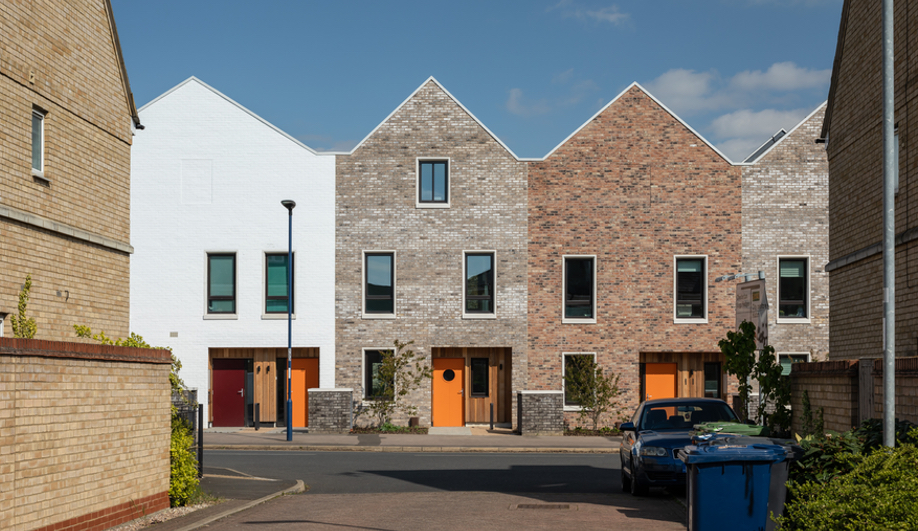
Rainville-Sangaré’s phenomenal Habitat 67 renovation adds light, warmth and airiness to a decades-old suite while paying homage to Moshe Safdie’s legendary complex.
Owning a suite in Habitat 67, the complex designed by Israeli-Canadian architect Moshe Safdie, is a dream for the Brutalism-obsessed. Originally built as a pavilion for Expo 67, the project stacks 354 prefabricated concrete volumes in a cluster along the Saint Lawrence River in an experiment in utopian urban living. In the decades since its construction, Habitat 67’s concrete façade hasn’t lost its beauty – but its original Jetsons-chic interiors are showing their age.
That’s where local interior design firm Rainville-Sangaré, whose work Azure has admired in the past, steps in.

Tasked with rejuvenating suite 622, the young firm, founded in 2015 by architects Lambert Rainville and Nicholas Sangaré, responded with an interior that pays homage to the site’s heritage, elevates the home with custom accents and, in Rainville-Sangaré’s words, is “an ode to Montreal.”

That ode begins with nods to Habitat 67 itself. Parts of the unit, a T-shaped fusion of two volumes, were left deliberately raw: note, for example, the 50-year-old construction scribbles on the junction of two concrete blocks (bottom right).

Brutalist buildings are often critiqued for their cold, impersonal qualities – and Habitat 67’s location, on a windswept corridor on the Saint Lawrence, does it few favours. The site can feel isolated, especially during Montreal’s famously bitter winters, and that’s something Rainville-Sangaré also considered: it paired raw concrete and HRS steel with wood and white walls to “enhance light quality and tactile warmth.” If its inhabitants suffer from seasonal affective disorder, they’ll surely be happy with Rainville-Sangaré’s material choices.

Habitat 67’s location, however, also provides spectacular views of the nearby river and the city skyline. Accordingly, a postcard view of Montreal is framed by airy built-in shelves, while another wall is dominated by custom, raw-steel shelving and a piece by local visual artist James Kennedy. The light fixtures throughout the residence are drawn from Rainville-Sangaré’s own Unité line, while an efficient U-shaped kitchen was designed by local brand À Hauteur d’homme.


Beyond the living-dining areas, suite 622 splits into two bedrooms, each with their own bathrooms. The master bedroom is filled with custom-made oak, including sliding closet doors, bed and side tables. In the guest room, a custom storage unit and retractable bed were installed around a west-facing window.

While suite 622’s living spaces and bedrooms have deliberately muted palettes, Rainville-Sangaré added a dash of playfulness to the apartment’s bathrooms. Upon entering, the first thing one notices is its eye-catching iridescent shower divider, which the firm constructed from a panel of dichoic glass.

Custom-made Corian washbasins, zinc-plated towel racks and concrete tiling – a material reference to the building’s exterior – round out the bathrooms. Here, Rainville-Sangaré’s Unité lighting, which the studio says was inspired by Habitat 67’s prefabricated blocks, makes another appearance.

Though it may have fallen short of its urban-utopian ambitions, tasteful renewals – like Rainville-Sangaré’s – bring out the Brutalist beauty of Habitat 67. Safdie, we imagine, would be proud.




